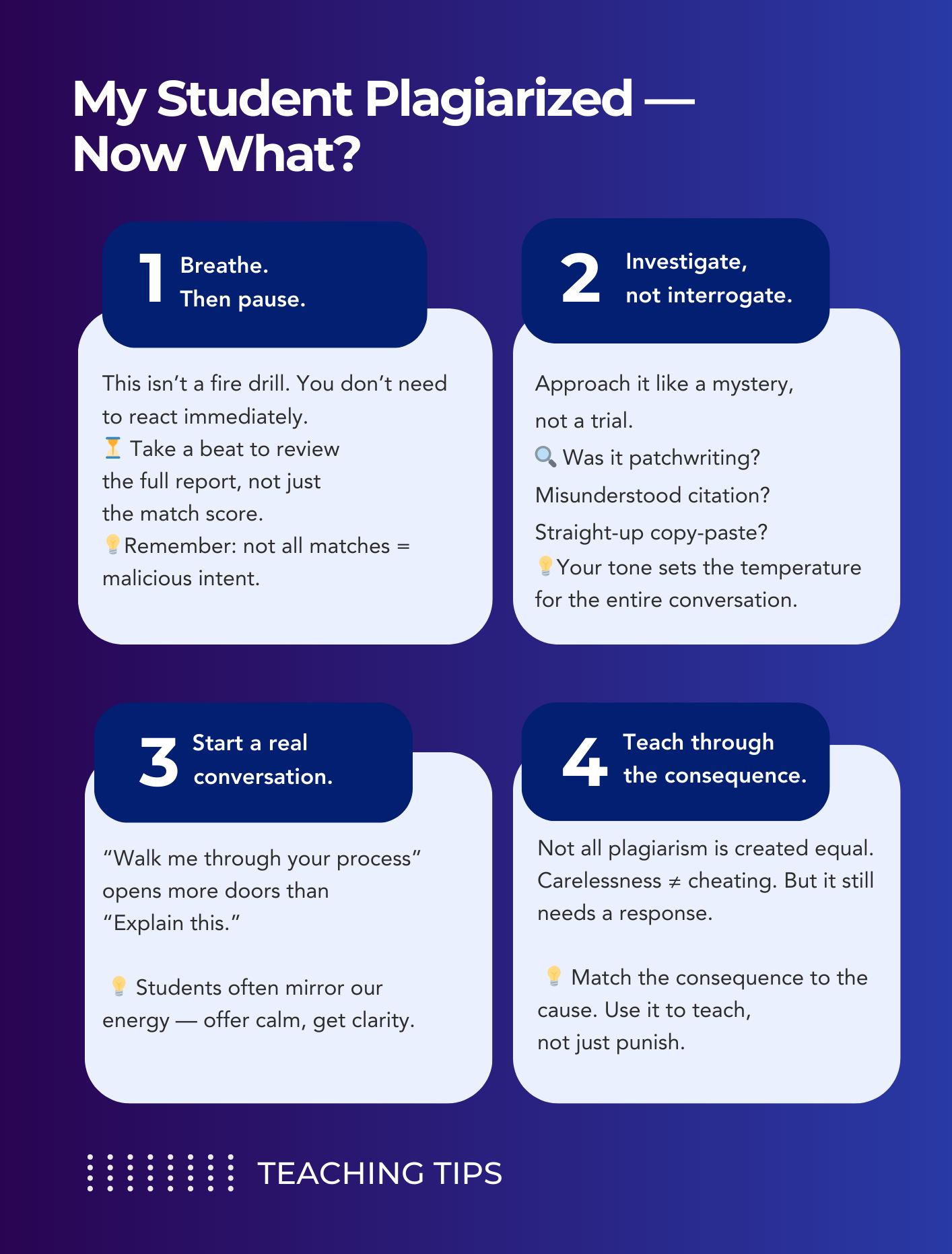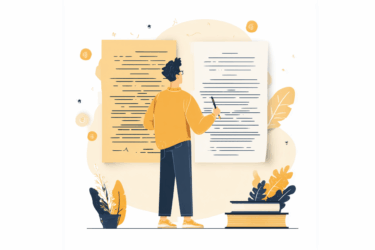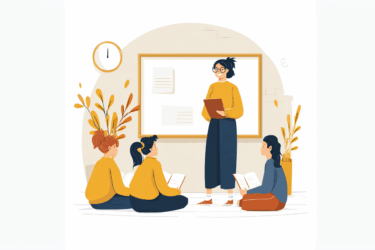It is human nature: as long as rules and regulations exist, there will always be people who try to break them. Modern technologies, however, don’t make the teachers’ lives easier. While some years ago, it was enough to watch the students writing the test to ensure they did the work independently, with the development of contract cheating and a variety of online resources, educators need to check plagiarism and authenticity of each assignment. Moreover, as the tools evolve, the students’ cheating attempts become more elaborate – AI chatbots are the most obvious example of the recent changes to the educational process.
Here are some facts to demonstrate the scale of the problem and some solutions the teachers can implement to keep up with the ever-challenging environment.
43% of college students admit using AI tools to complete their assignments.
89% of them used Chat GPT or similar chatbots for homework tasks, 53% for essays, and 48% for at-home tests. 51% of the students realize that using Chat GPT for assignments is cheating, but 22% of them still do it.
As of 2025, roughly 17% of assignments in the US educational institutions, and about 16% of papers in Canada schools is generated by AI.
50% of college students believe that educational institutions should check the assignments for AI to avoid inequality. At the same time, 42% of students would not trust the admission offices to make decisions based on AI tools.
75-98% of modern college and 60% of university students cheat with their assignments, while in the 1940s, this statistic was 20%. By “cheating,” the conducted survey meant plagiarism, copying, answers fabrication, dishonesty during test writing, etc.
90% of the students are sure they will not be caught in academic dishonesty. The research conducted by ETS and the Ad Council proves them right: 95% of students cheating with their assignments are not caught.
75-98% of the surveyed students confess that they started cheating in high school. The tendency proves the pivotal role of establishing writing and studying ethics from an early age since students who start cheating at school continue it at college and even influence younger learners in elementary classes. Moreover, in the first study year, 59% of students admitted cheating. In the second, the number in the same group reached 95%.
85% of the students who admitted cheating believed it was essential. However, most of them were not led by a malicious plan: among the popular reasons for cheating, the learners name lack of time, fear of failure, anxiety, or other mental health struggles.
The numbers speak for themselves. Luckily, for every cheating attempt, there are ways and tools to empower educators in their battle for academic honesty and equal opportunities for all students. Here are some of them.
- Educating the students on academic integrity and implementing the honor code. The more students are aware of the problem and the consequences of cheating, the less likely they will break the rules.
- Giving the students clear instructions and enough time for the assignments. Transparent guidelines are the key, especially when it comes to controversial subjects like Chat GPT. Students should know that the work is expected to be original and authentic.
- Using tools to check for plagiarism, contract cheating, ghostwriting, and AI. Instead of wasting time and effort on checking the robot-written assignments or trying to distinguish between original and plagiarised work, teachers can make this process effortless and automatic, focusing on educating their learners and helping them grow.

PlagiarismCheck.org is here for you! Chat GPT checker will be your compass in the shady world of AI-generated assignments, the plagiarism detector will flag the copied content, and the Authenticity Verification will warn you in case of ghostwriting. Join us now to see how it works!






